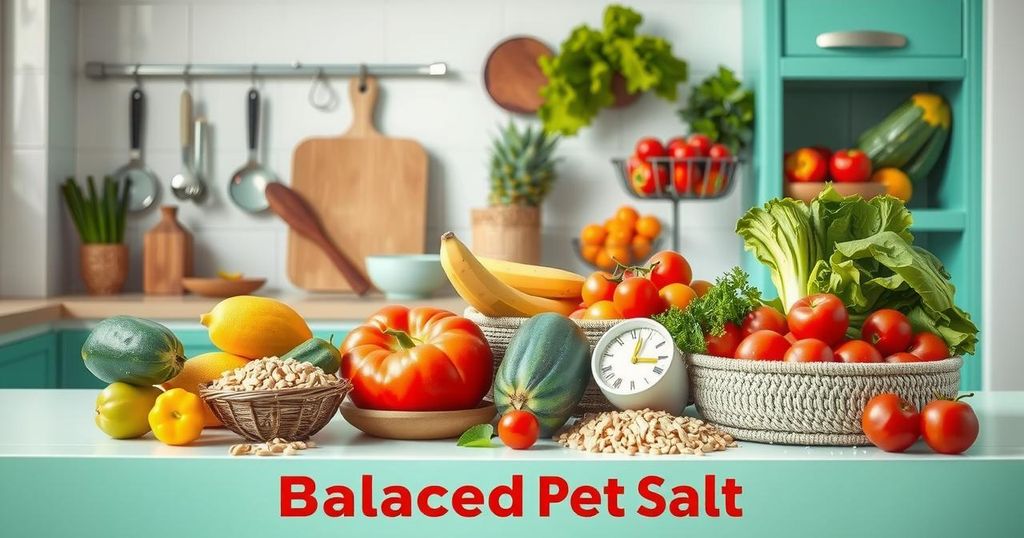Link Between Excessive Sodium Intake and Abdominal Obesity Uncovered

A Finnish study links high sodium intake to increased abdominal obesity risk. Researchers advocate for lower salt consumption at personal and industry levels to tackle obesity-related health issues. Key findings, based on a large survey, reveal that sodium intake exceeds WHO recommendations and is associated with higher obesity rates, thus stressing the need for dietary alterations.
A recent Finnish study has established a connection between high sodium intake and increased rates of obesity, focusing on abdominal obesity. The Finnish Institute for Health and Welfare researchers have advocated for strategies to lower salt consumption at both individual and industry levels to mitigate health risks associated with obesity. These findings will be showcased at the upcoming European Obesity Conference in Málaga, Spain from May 11-14.
Abdominal obesity poses significant health risks including heart disease, type 2 diabetes, and hypertension. The accumulation of visceral fat in the abdomen hampers organ function, escalates insulin resistance, and triggers chronic inflammation. To combat this, a balanced diet rich in protein and fiber, along with reduced intake of sugars, saturated fats, and salt, coupled with regular exercise, is recommended.
The study utilized data from the 2017 Finnish National Health Survey, comprising 2,222 men and 2,792 women aged 18 and older. Researchers estimated sodium intake using a validated dietary questionnaire and analyzed urine samples from a subset of 1,260 participants to determine sodium concentration. To assess obesity levels, body mass index (BMI) and waist circumference measurements were employed.
Findings revealed that sodium intake surpassed the World Health Organization’s daily recommendation of 5 grams in all demographic groups. The uppermost sodium intake group consumed over 12 grams daily among men and over 9 grams among women, exceeding the recommended limit by more than double.
Notably, women with the highest sodium consumption were 4.3 times more likely to be classified as generally obese and 3.4 times more likely to experience abdominal obesity than those with lower intake. Increased urinary sodium concentration correlated with a 4.8 times higher obesity risk, which strengthens the validity of dietary self-reports.
For men, although the correlation between high sodium intake and obesity risk was not statistically significant, urine sodium analysis indicated that men in the highest consumption group were 6 times more likely to be generally obese and 4.7 times likely to have abdominal obesity compared to their lower intake counterparts.
The researchers suggest the pronounced effect of sodium on men may stem from their higher intake of sodium-laden foods like processed meats, bakery products, and cheese. They urge for reduced salt content in everyday food items consumed at home, dining out, or through pre-packaged meals.
The Finnish study highlights the critical link between sodium intake and obesity, particularly abdominal fat, calling for reduced salt consumption across populations. With higher risks for both men and women linked to excessive salt intake, implementing dietary changes and manufacturer reforms can substantially lower obesity rates and improve public health. A balanced diet and regular exercise remain essential components in combating obesity and its associated health risks.
Original Source: www.jordannews.jo







